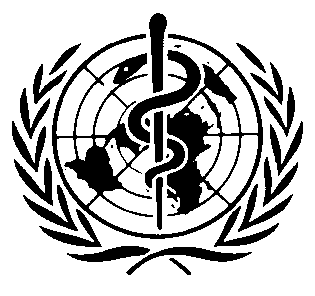International Chemical Safety Cards
| 1-OCTANOL | ICSC: 1030 |




n-Octanol Heptyl carbinol 1-Hydroxyoctane n-Octyl alcohol C8H18O / CH3(CH2)6CH2OH Molecular mass: 130.2 CAS # 111-87-5 RTECS # RH6550000 October 08, 2002 Peer reviewed |
| TYPES OF HAZARD/ EXPOSURE | ACUTE HAZARDS/ SYMPTOMS | PREVENTION |
FIRST AID/ FIRE FIGHTING |
| FIRE |
Combustible.
|
NO open flames.
|
Alcohol-resistant foam,
dry powder,
carbon dioxide.
|
| EXPLOSION |
Above 81°C explosive vapour/air mixtures may be formed.
|
Above 81°C use a closed system, ventilation.
|
In case of fire: keep drums, etc., cool by spraying with water.
|
| EXPOSURE |
|
|
|
| •INHALATION |
Cough.
Sore throat.
|
Ventilation, local exhaust, or breathing protection.
|
Fresh air, rest.
|
| •SKIN |
Dry skin.
|
Protective gloves.
|
Rinse and then wash skin with water and soap.
|
| •EYES |
Redness.
Pain.
|
Safety goggles.
|
First rinse with plenty of water for several minutes (remove contact lenses if easily possible), then take to a doctor.
|
| •INGESTION |
Burning sensation.
|
Do not eat, drink, or smoke during work.
|
Rinse mouth.
Do NOT induce vomiting.
Give plenty of water to drink.
|
| SPILLAGE DISPOSAL | STORAGE | PACKAGING & LABELLING | ||
|
Collect leaking liquid in covered containers.
Absorb remaining liquid in sand or inert absorbent and remove to safe place.
Do NOT let this chemical enter the environment.
(Extra personal protection: filter respirator for organic gases and vapours.)
|
Separated from
strong oxidants.
|
R: S: |
||
| SEE IMPORTANT INFORMATION ON BACK | ||||
|
||||
